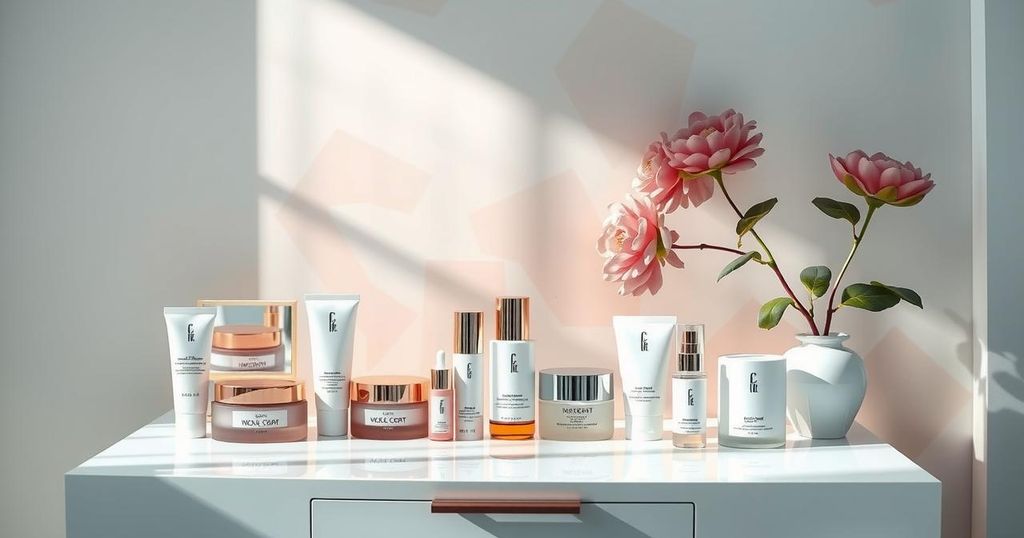The article outlines key events in the beauty sector in 2024, focusing on leadership changes at Estée Lauder, market shifts for Puig and L’Occitane, and a general decline in consumer spending affecting major brands. It discusses the industry’s challenges and strategic responses in anticipation of 2025, emphasizing the importance of innovation and cost management.
The year 2024 marked significant shifts within the beauty sector, particularly regarding how major companies navigated corporate challenges. Estée Lauder Companies experienced a high-profile leadership change as CEO Fabrizio Freda retired after failing to revitalize sales, prompting a wave of internal transitions including the appointment of Stéphane de La Faverie as new CEO. His urgent tasks include addressing the company’s reliance on the Chinese market and rekindling domestic interest in key brands.
In April, Puig, the parent company of Charlotte Tilbury and Byredo, transitioned to a public company, while L’Occitane exited the Hong Kong market after a 14-year tenure. Both firms engaged in strategic mergers and acquisitions, with Puig acquiring Dr. Barbara Sturm in January, while L’Occitane divested Grown Alchemist to its former CEO.
Throughout the second half of the year, beauty spending declined, adversely affecting major brands such as L’Oréal and Coty, which reported earnings below analyst forecasts. Even budget-friendly brands like Cerave and E.l.f. were not immune to this pullback in consumer spending. Firms are now poised to welcome 2025, with a focus on mergers and innovation amid rising operational costs.
The new CEO of Estée Lauder, Stéphane de La Faverie, faces a daunting agenda that includes cutting expenses, enhancing brand reputation, and managing exposure to volatile markets to reassure apprehensive investors. Additionally, discussions surrounding the fortunes of beauty’s billion-dollar brands highlighted the fluctuating success of indie beauty disruptors versus established names.
Estée Lauder reported a modest increase in net sales driven by skincare, although challenges in the Chinese market remain evident. Meanwhile, L’Occitane’s outgoing CEO André Hoffmann took a majority stake in Grown Alchemist, revealing ongoing changes within the firm. For Puig, establishing itself as a luxury conglomerate hinges on future acquisitions and managing higher operational costs.
L’Oréal’s renowned skincare division encountered struggles as market competition heightened, reflecting the necessity for constant adaptation. As industry analysts examine potential mergers, skepticism about the viability of many brands relies on economic conditions and acquirers’ readiness in an increasingly challenging landscape.
This article discusses the changing landscape of the beauty industry in 2024, highlighting key events and transitions within major companies such as Estée Lauder, Puig, and L’Occitane. It details the impact of leadership changes, market dynamics affecting sales, and challenges faced by brands in consumer spending. The narrative provides insight into the strategic maneuvers companies are employing to stay competitive amid a downturn and evolving consumer behavior.
In summary, the beauty industry underwent notable transformations in 2024, with significant leadership changes at Estée Lauder, a shift in market operations for Puig and L’Occitane, and a general decline in consumer spending affecting major brands. As companies brace for 2025, the focus on innovation, cost efficiency, and strategic acquisitions will be paramount in addressing the challenges ahead. The shifts observed reflect a dynamic market landscape that demands resilience and adaptability from beauty firms.
Original Source: www.businessoffashion.com

Leave a Reply